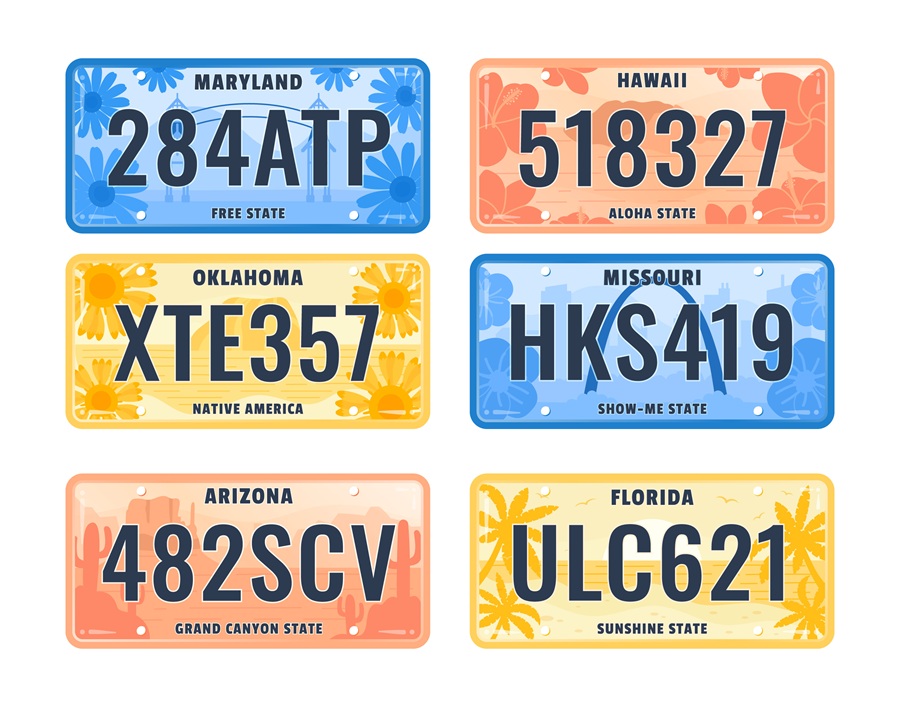Thinking about buying a private number plate? You’re not alone. Personalised plates are more popular than ever, and for good reason. They add a touch of individuality to your vehicle, they’re fun, and in some cases, they can even be a clever investment.
But before you start scrolling through endless combinations of letters and numbers, there are a few things worth knowing. It’s not as simple as picking one you like and slapping it on your car. There are rules, processes, and smart choices to make if you want to get it right.
Why Buy a Private Plate?
There are quite a few reasons people choose to invest in personalised number plates. Some want something totally unique. Others are marking a special occasion, celebrating a name or nickname, or maybe looking for something that turns heads.
A few more reasons people go for it:
- Identity – It’s a simple way to reflect your personality or interests.
- Memorability – No more forgetting your reg number when filling out paperwork.
- Style – It gives your vehicle a sleek, custom look.
- Gifting – Great for birthdays, anniversaries, or milestones.
- Investment – Some private plates actually go up in value over time.
What Can You Actually Put on a Plate?
This is where things get a bit technical. You’re not just picking any random letters and numbers. The format and combination must still follow UK number plate rules.
Here’s the key rule to remember: you can make your car look older, but you cannot make it look newer. That means if your car was registered in 2015, you can’t put a plate on it that suggests it’s from 2020. But you can put one that looks like it’s from 2000, or a dateless plate with no obvious age at all.
There are a few different styles of plates you’ll come across:
Current Style Plates
These have two letters, two numbers (which indicate the year), followed by three letters. For example: AB12 XYZ
These are the most common, but less flexible in terms of how personalised they can look.
Prefix Style Plates
These start with a letter (representing the year), then up to three numbers, then three letters. Like: T123 ABC
These give you a bit more room to play with initials and names.
Suffix Style Plates
These are older and less common now. They start with three letters, then up to three numbers, and end with a letter for the year. For example: ABC 123T
Dateless Plates
No year indicator at all. Usually made up of one to four numbers and one to three letters, in any order. Like: 1 AB or AB 1234
These are the most desirable, often the most expensive, and work on any age vehicle.
How Much Do Private Plates Cost?
It can range wildly. Some plates go for under £200, while others sell for tens of thousands.
The price usually depends on how rare, short, or in-demand the combination is. Anything with common names, initials, or fewer characters will generally cost more.
If you want something basic and fun, it won’t break the bank. If you’re chasing something very specific — especially a name — be prepared to pay more.
Where Can You Buy Them?
There are a few ways to go about it:
- Public auctions
- Online private sellers
- Dedicated registration dealers
- Direct from the DVLA (they sell a wide range and even run auctions)
Each comes with its own process, and in some cases, its own fees. If you’re buying from a third-party seller, always double-check the paperwork and make sure the plate is legally transferrable.
You don’t want to end up paying for something you can’t even use.
What’s the Transfer Process Like?
Once you’ve found the plate you want and made the purchase, it’s time to transfer it onto your vehicle.
Here’s what happens:
- You’ll receive a certificate showing you own the registration.
- If the plate isn’t already assigned to a car, it can stay on this certificate for up to 10 years.
- When you’re ready, you can assign it to your vehicle online or by post through the DVLA.
- Once approved, you’ll get a new logbook (V5C) with your new registration.
- Then you can get the new physical plates made and fitted.
It’s a simple enough process, but timing matters. You can’t legally display the new plate until the DVLA confirms the change.
Do You Need to Tell Anyone?
Yes — and don’t skip this step. Once your private plate is assigned, you need to update your insurer. Driving with a new plate that your insurance company doesn’t know about could cause issues if you need to make a claim.
Also, check your car finance or lease agreement if you’re not the full legal owner. Some agreements don’t allow plate changes, or they may have extra steps involved.
What About Selling It Later?
If you decide you want to switch back or sell the plate on, that’s perfectly doable.
You can either:
- Remove the plate and put it back on a retention certificate (so you keep it but it’s not on a car)
- Sell the plate directly to someone else (again, paperwork and DVLA process applies)
Some people buy plates purely as an investment. If you’ve got rare number plates — short combinations, popular names, or catchy words — you might even make a profit when selling them on.
Final Word: Is It Worth It?
Absolutely — if you’re doing it for the right reasons.
A private plate can add personality to your vehicle and make your car feel more like yours. For some, it’s just for fun. For others, it’s a smart little investment or a thoughtful gift.
As long as you understand the rules and take the time to do it properly, there’s no downside. Just make sure you go into it informed, keep everything above board, and enjoy the added flair every time you hop in the driver’s seat.








Leave a Reply